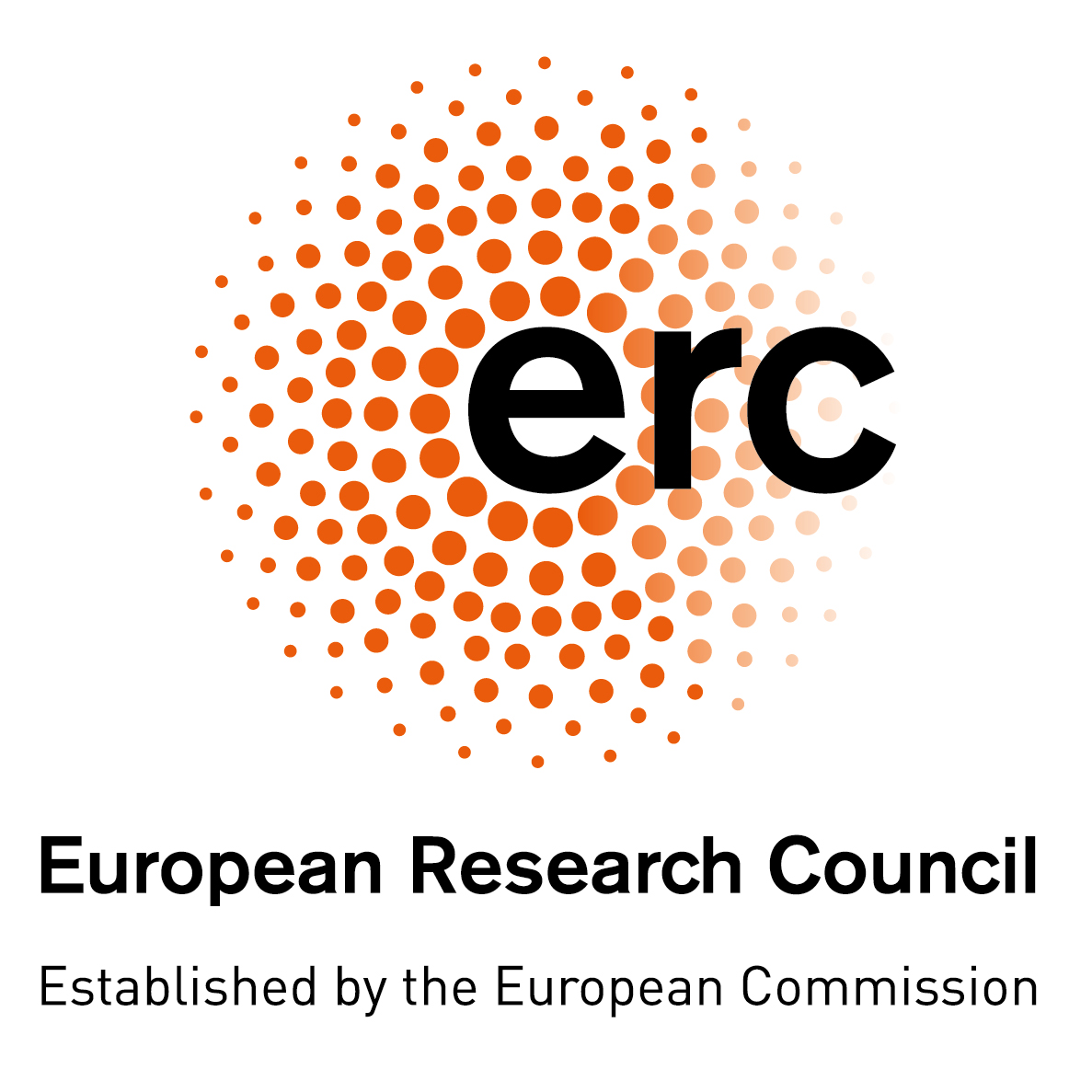Data Assimilation for Agent-Based Modelling

This is the website for the dust research project, a new initiative at the University of Leeds that has been funded with €1.5M from the European Research Council. It started in Janurary 2018.
- For the latest news, see the blog.
- See the following pages for some relevant presentations and publications.
- If you have any questions, or would like to discuss the project, then please contact the Principal Investigator: Nick Malleson.
- For the model code and other programming work see the GitHub page
DUST Overview

Civil emergencies such as flooding, terrorist attacks, fire, etc., can have devastating impacts on people, infrastructure, and economies. Knowing how to best respond to an emergency can be extremely difficult because building a clear picture of the emerging situation is challenging with the limited data and modelling capabilities that are available. Agent-based modelling (ABM) is a field that excels in its ability to simulate human systems and has therefore become a popular tool for simulating disasters and for modelling strategies that are aimed at mitigating developing problems. However, the field suffers from a serious drawback: models are not able to incorporate up-to-date data (e.g. social media, mobile telephone use, public transport records, etc.). Instead they are initialised with historical data and therefore their forecasts diverge rapidly from reality.
To address this major shortcoming, this new research project will develop dynamic data assimilation methods for use in ABMs. These techniques have already revolutionised weather forecasts and could offer the same advantages for ABMs of social systems. There are serious methodological barriers that must be overcome, but this research has the potential to produce a step change in the ability of models to create accurate short-term forecasts of social systems.
The project will evidence the efficacy of the new methods by developing a cutting-edge simulation of a city – entitled the Dynamic Urban Simulation Technique (DUST) – that can be dynamically optimised with streaming ‘big’ data. The model will ultimately be used in three areas of important policy impact: (1) as a tool for understanding and managing cities; (2) as a planning tool for exploring and preparing for potential emergency situations; and (3) as a real-time management tool, drawing on current data as they emerge to create the most reliable picture of the current situation.
Latest Posts
- 20 Feb 2024 » Final Project Report
- 13 Oct 2022 » Sources of Footfall / Pedestrian data
- 06 Jun 2022 » New ABM papers on data assimilation and emulation
- 10 Jan 2022 » Emulating Stochastic Models
- 16 Aug 2021 » New paper: Real-Time Crowd Modelling
- 22 Mar 2021 » SocSim Keynote: Quantifying the uncertainty in agent-based models
- 03 Mar 2021 » Ambient populations: Developing robust estimates
- 27 May 2020 » Building Cities from Slime Mould, Agents and Quantum Field Theory
- 20 Apr 2020 » Special Issue: Innovations in Spatial ABMs
- 10 Mar 2020 » Pedestrian Simualtion Software Review
- 17 Jan 2020 » New Paper: Real-time Bus Simulation with a Particle Filter
- 23 Sep 2019 » New Preprint: Real-time Crowd Simulation with a Particle Filter
- 02 Sep 2019 » New Preprint: Dealing with uncertainty in agent-based models for short-term predictions
- 29 Aug 2019 » Probabilistic Programming for Dynamic Data Assimilation on an Agent-Based Model: Early Progress
- 22 Jul 2019 » Project Updates: Probabilistic ABMs and Data Assimilation
- 11 Jun 2019 » Post-Doctoral Research Fellow: Simulating Urban Systems
- 01 May 2019 » Particle Filters for Smart City Forecasts
- 18 Mar 2019 » Research Fellow - Simulating Urban Systems
- 14 Mar 2019 » Urban Analytics Blueprint - Newcastle
- 15 Jul 2018 » ABMUS 2018
- 09 Jul 2018 » Welcome

